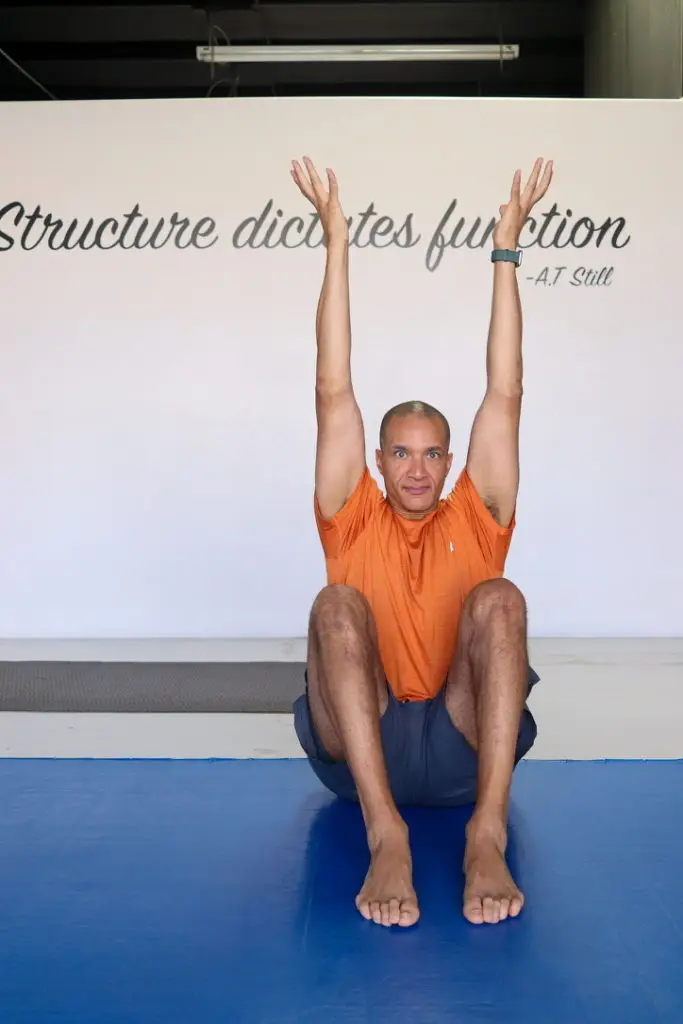
Youth is forgiving. In your teens, 20s, and maybe early 30s, nearly any routine “works.” Missed warm-ups? No problem. Heavy squats, endless HIIT, little sleep, junk food, and somehow you still bounce back for another day. But rounding the corner into your 40s, 50s, and beyond, everything changes. The old “more is better, push through pain, go harder” is no longer a sustainable badge of honor. Working smarter—not just harder—becomes the key to lifelong strength and wellness.
Why Your Workout Needs to Evolve
Aging isn’t just about candles on a cake. Recovery systems slow, inflammation accumulates, joints lose some elasticity, and old injuries “speak up” more quickly. If you keep training like you did at 25, here’s what happens:
- Small imbalances compound, leading to chronic pain/injury.
- Progress stalls—even regresses—as fatigue trumps results.
- Motivation dips, as soreness and frustration replace joy.
Instead, those who thrive in their 40s, 50s, 60s and beyond adapt—preserving energy, mastering technique, and making recovery as important as work.
Client Story: From Burnout to Brilliance
Consider “Kevin.” At 47, he was still training like a competitive athlete: max-effort bootcamps, skipping rest, using the same “push-through” tactics as college. By 50, not only were his knees angry but his old back injury was shutting him down. When he sought help at SolCore, we didn’t just scale back his sessions—we rebuilt his plan:
- Prioritize mobility and posture every session.
- Swap pure muscle-building for myofascial chain work.
- Layer in active recovery and structural exercises.
Suddenly, his energy soared, his chronic aches faded, and (bonus) his work performance improved. “I train less, but I’m stronger and more capable than I was a decade ago.”
The Science: How Aging Bodies Change
- Muscles: Lose mass and power if unchallenged, but respond well to smart, consistent resistance work—especially compound, functional movements.
- Connective tissue (fascia): Stiffens and shortens with age or inactivity, needing stretching and hydration.
- Joints: Cartilage thins, requiring joint-specific movement and less repetitive high-impact stress.
- Hormones/Recovery: Recovery takes longer; sleep, hydration, and nutrition are now non-negotiable.
The New Playbook for Mature Training
1. Prioritize Joint Health and Mobility
Start every session with integrated movement prep (dynamic stretching, ELDOA, joint rotations, foam rolling). Focus on hips, shoulders, spine—where most compensations arise.
2. Quality Over Quantity
- Use slower, controlled reps.
- Master technique before adding weight.
- Emphasize full range-of-motion—not just “how much can I lift?”
3. Mix Modalities
- Blend strength, mobility, fascia training, and low-impact aerobic work.
- Sample: Squat-to-overhead reach, push-pull combos, plank variations.
4. Build Structured Recovery In
- Schedule rest days proactively (not as afterthoughts).
- Use active recovery: walking, gentle swimming, yoga, or Personal Training guided stretching.
- Truly rest—quality sleep, good food, thoughtful breathwork.
5. Incorporate Fascia and “Small Muscle” Training
- Train stabilizers, not just big movers. Clamshells, balance work, banded holds, and manual therapy support.
- Address connective tissue with specific myofascial release and stretching.
6. Respect Your History
Got an old injury? Give it extra love—modify to protect, not ignore.
Listen for “yellow lights:” fatigue, minor aches, sleep disruption—adjust before they become roadblocks.
Real World Results: Client Examples
- “Samantha,” a competitive tennis player, refocused on core mobility and fascial health after 40. Result? Extended her playing years, reduced shoulder and hip pain, and even improved on-court speed.
- “Linda,” who wanted to garden into her 70s, mastered hip stability, learning simple daily movements and stretches that kept her backyard her playground, not her nemesis.
The Power of Personal Training Over “One-Size-Fits-All”
A mature system means you don’t just copy the workouts of celebrities or pro athletes—you build from the ground up, with your body, goals, and realities front and center. That’s where SolCore’s [Personal Training] comes in:
- Assessment: Where are your unique strengths, and what needs support?
- Customized plans: Adjust for history, daily energy, and specific ambitions.
- Progression: Every few weeks, gently ramp up challenge—never rush.
- Education: Learn why you’re moving a certain way.
Benefits Beyond Injury Avoidance
- Consistency: When joints feel good, you don’t skip.
- Confidence: Each win builds belief in your body’s future.
- Energy spillover: Improved focus at work, calmer relationships, higher mood.
- Longevity: Decades of active, independent living—less time on the sidelines.
Mature Doesn’t Mean “Slower” It Means Smarter
A smarter approach often leads to (surprising!) leaps in strength and performance. You might lose “ego lifts,” but you’ll gain progress you can feel and measure for years.
Final Words: Play the Long Game
Stop battling your younger self or chasing internet trends. Shift your mindset:
- You’re “building decades of adventure,” not counting reps for tomorrow.
- You train so life outside the gym is richer—hikes, travel, play, community.
- Invest in what matters: posture, mobility, strength, and joy of movement.
Ready to break the “old way” and build for the future? Explore our Personal Training options for science-backed, personalized programs designed for every phase of your life.
It’s not just working out, it’s building a foundation for a better life.
Find out more @


